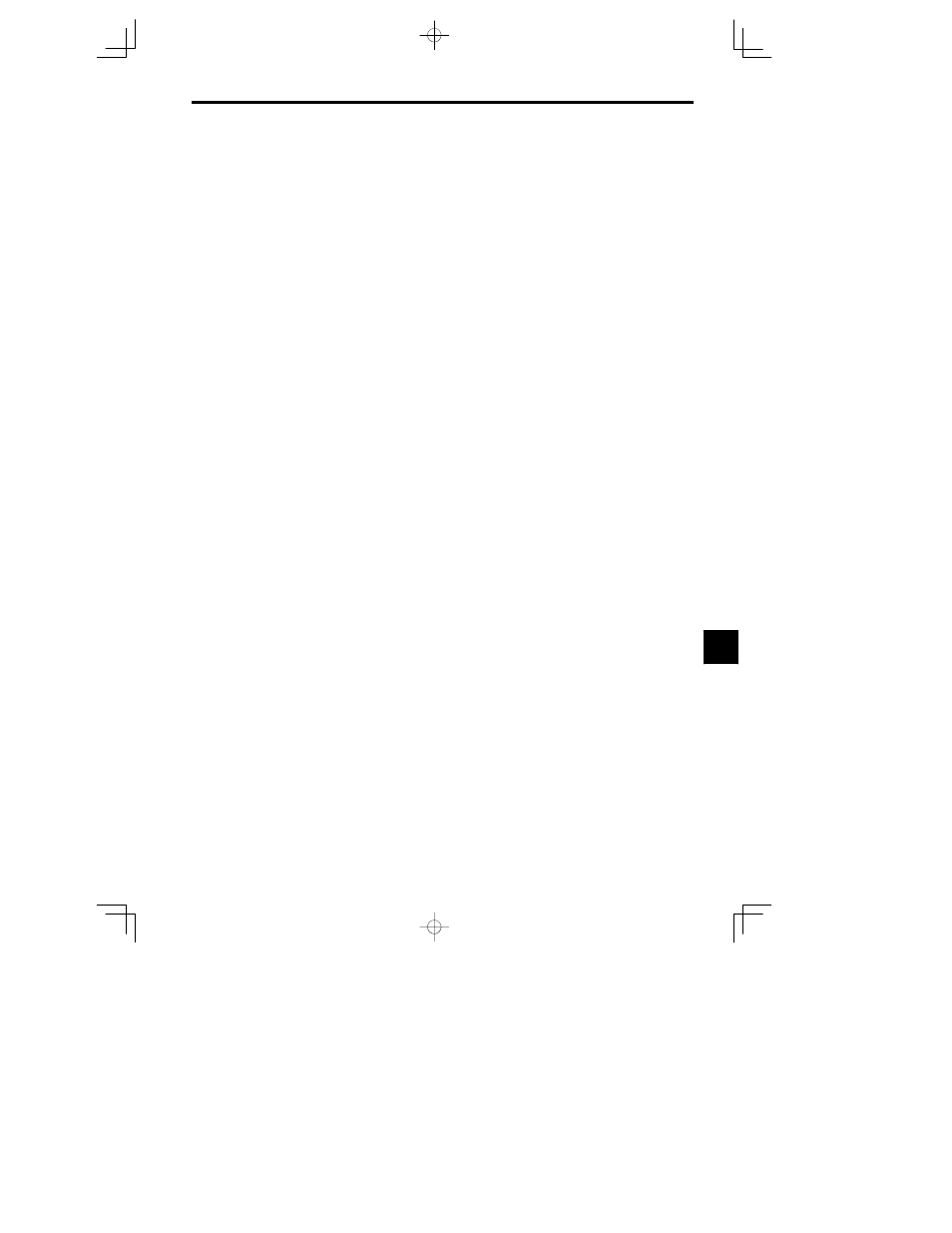Yaskawa VS-626 MC5 User Manual
Page 257

9.2Troubleshooting
- 13
for use with Inverters). It will also help to some extent to lower the Inverter’s carrier frequency (constant
C6-01).
In addition, remember that the leakage current increases as the cable is lengthened.
9.2.12 If There is Mechanical Oscillation
J
The machinery is making unusual sounds.
1. There may be resonance between the mechanical system’s characteristic frequency and
the carrier frequency.
D
If the motor is running with no problems and the machinery is oscillating with a high-pitched whine, it
may indicate that this is occurring. To prevent this type of resonance, adjust the carrier frequency with
constants C6-01 to C6-03.
2. There may be resonance between a machine’s characteristic frequency and the output fre-
quency of the Inverter.
D
To prevent this from occurring, either use the jump frequency functions in constants d3-01 to d3-04 or
install rubber padding on the motor base to reduce oscillation.
J
Oscillation and hunting are occurring with open-loop vector control.
D
The gain adjustment may be insufficient. Reset the gain to a more effective level by adjusting constants
C4-02 (torque compensation time constant), C8-08 (AFR gain), and C3-02 (slip compensation primary
delay time) in order. Lower the gain setting and raise the primary delay time setting.
D
Vector control is not effective without autotuning. Perform autotuning for motor unit separately.
J
Oscillation and hunting are occurring with flux vector control.
D
The gain adjustment may be insufficient. Adjust the various types of speed control loop (ASR) gain. (For
details, refer to page - 34.)
D
If the mechanical system’s resonance point coincides with the Inverter’s operating frequency and the os-
cillation cannot be eliminated in this way, increase the ASR primary delay time (constant C5-06) and then
try adjusting the gain again.
D
Vector control is not effective without autotuning. Perform autotuning for motor unit separately.
J
Autotuning not performed during vector control.
D
Vector control is not effective without autotuning. Perform autotuning for motor unit separately, or set
control method selection (A1--02) to V/f control.
9.2.13 If the Motor Rotates Even When Inverter Output is Stopped
D
The DC injection braking is insufficient. If the motor continues operating at low speed, without com-
pletely stopping, and after a deceleration stop has been executed, it means that the DC injection braking
is not decelerating enough. Adjust the DC injection braking as follows:
x
Increase the constant b2-02 (DC injection braking current) setting.
x
Increase the constant b2-04 (DC injection braking time at stop) setting.
9.2.14 If 0 V is Detected When the Fan is Started, or Fan Stalls
D
Generation of 0 V and stalling can occur if the fan is turning when it is started. The DC injection braking
is insufficient when starting.
D
This can be prevented by slowing fan rotation by DC injection braking before starting the fan. Increase
the constant b2-03 (DC injection braking time at start) setting.
9